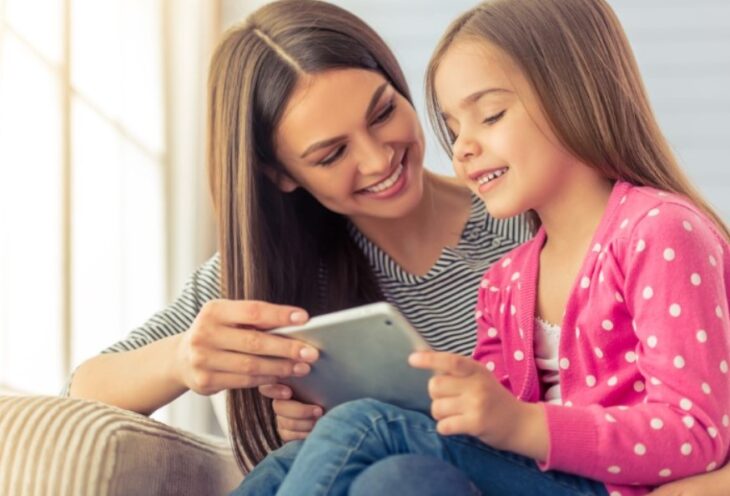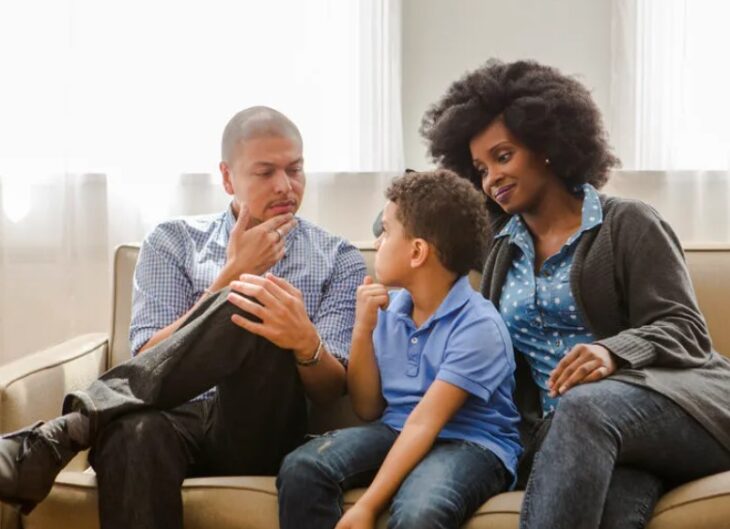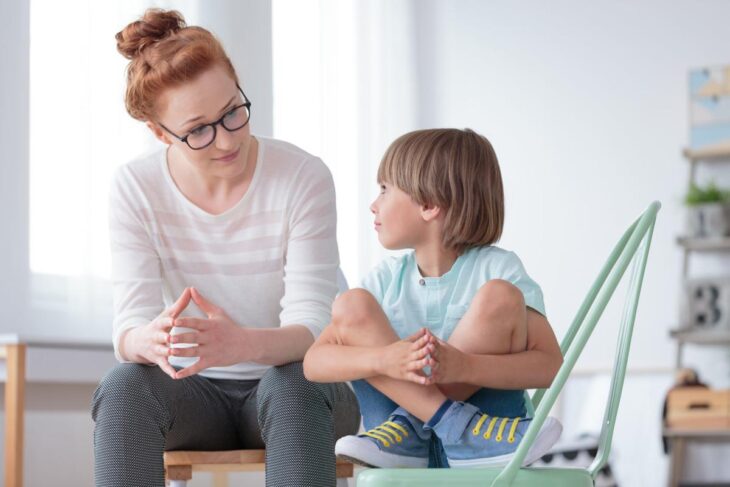Your concern versus your child’s privacy: Which is more important in the development of an older student? If you’re a parent, you might not always be sure. On the one hand, you want to protect your child from harm.
That’s essential. Kids don’t have the same level of perspective: They’ve been around for about a decade. You, on the other hand, might be three or four times their age. And that counts a lot. Consequently, you might feel compelled to hover.
Here’s the problem, though: Young people deserve a modicum of privacy. That’s why they start dressing themselves in their rooms (door shut!) at some point. They don’t let us read everything they write in their journals, either. It’s a part of growing up.
Nevertheless, you don’t want to let them make avoidable mistakes or get into risky situations. What’s a caring mom or dad to do? The answer is to focus on maintaining a healthy balance that gives your child enough space—and you enough control. For starters, try these strategies to walk your parenting tightrope successfully.
Contents
1. Be picky about the devices your child owns

Source: childrenswellnesscenter.com
Your son or daughter comes home and swears every kid in the class has a certain device. Don’t give in to peer pressure, though. Instead, do your research and carefully consider any purchases you make. Even what looks like a cool controller could give your child access to strangers during cloud-based multiplayer games.
Think you have limited choices, especially when it comes to the types of devices on the market? According to Gabbwireless’s guidebook, that’s simply not true. Case in point: You can find first phones for kids that don’t allow social media, app downloads, or access to the Internet.
In other words, you can buy smartphones that only do what you want, like allow texting, calling, and taking pictures. You’ll feel better about handing over an age-adjusted device than trying to monitor a smartphone meant for someone older. Of course, you may have to break down and buy a tablet or laptop for remote school.
That’s especially true now with so many educational facilities embracing partial or fully online learning. If so, make sure you purchase and install software with parental safeguards. With the safeguards in place, you can limit your child’s browsing abilities, which will go far toward keeping out harmful content. Plus, you won’t have to be in the room all the time if you have trustworthy device safety measures in place.
2. Try not to make a huge deal out of every misstep

Source: kidscreen.com
It’s very easy to fly off the handle when you’re a parent. A bad grade. A foolish statement said in anger. A lie. However, the more intensely you react to every error, the more your child will keep other things private. The last thing you want is your child to avoid telling you something important out of fear.
For instance, let’s say your child sees something troubling online at a friend’s house. Your child might not alert you because your first inclination is always to yell. Therefore, your child withholds important information that could wind up being harmful. Not good, right?
The next time you learn something that makes you furious, wait to talk with your child. Calm down so you can listen and discuss the situation. You may need to put some kind of discipline in place afterward, that’s true. Nevertheless, if you’re in control of your emotions, your child won’t feel as worried about making future mistakes.
3. Work regular check-ins into your routines

Source: alghad.com
As your kiddo’s social calendar fills up, you might start to ease off on worrying about every play date or sports practice. Resist the temptation to totally tune out. Knowing where your son or daughter should be during the day makes sense. It also allows you to check up and check in, which can be a good way to stay in touch.
For instance, your daughter may tell you that she is going to walk a few blocks to a friend’s house after school. If your daughter has a phone, you can always ask her to check in with you when they arrive at the house. If your daughter forgets, you can use the experience as a learning opportunity to explain the importance of check-ins.
Essentially, you’re teaching your child that you expect a bit of give and take. You’re willing to allow her some independence. In exchange, you want to know that she’s taking her responsibilities seriously.
4. Understand your child’s age-appropriate privacy needs

Source: wcfcourier.com
Remember when your little one used to love bathtime? Suddenly, you find yourself with an elementary-age kid who gasps if you spot him in underwear. That’s all healthy and part of growing up, even if it seems to happen fast.
As the years pass, your child will need different kinds of privacy. The more you anticipate these needs, the less jarring they’ll seem. For example, a piece from Real Simple explains that tweens may need more self-expression vehicles. Those vehicles could be personal drawing pads or a diary. Either way, the content is theirs to share at will, not necessarily yours to see.
It can be tough to let go of the reins from time to time. Before handing those reins over, ask yourself a few questions: Does this seem right? Did I act the same way? Should we sit and talk about this change in our child-parent relationship? Lean into tough conversations from time to time about privacy needs. You might be surprised at how open your preteen or teen will be.
Though it can be tough to look at your 11-year-old and think of him as an adult, it’s bound to happen. Kids grow up, after all. When they do, you can’t be everywhere. That’s why it’s so vital for them to have a bit of freedom and privacy from time to time. Just don’t turn away. Even if they say they don’t need your guidance, they do.
